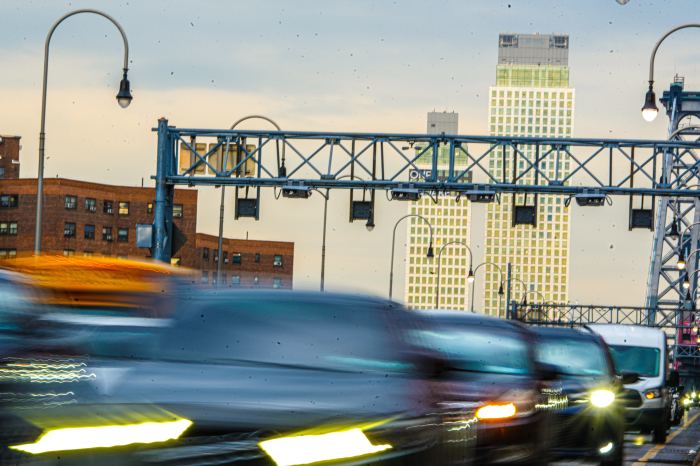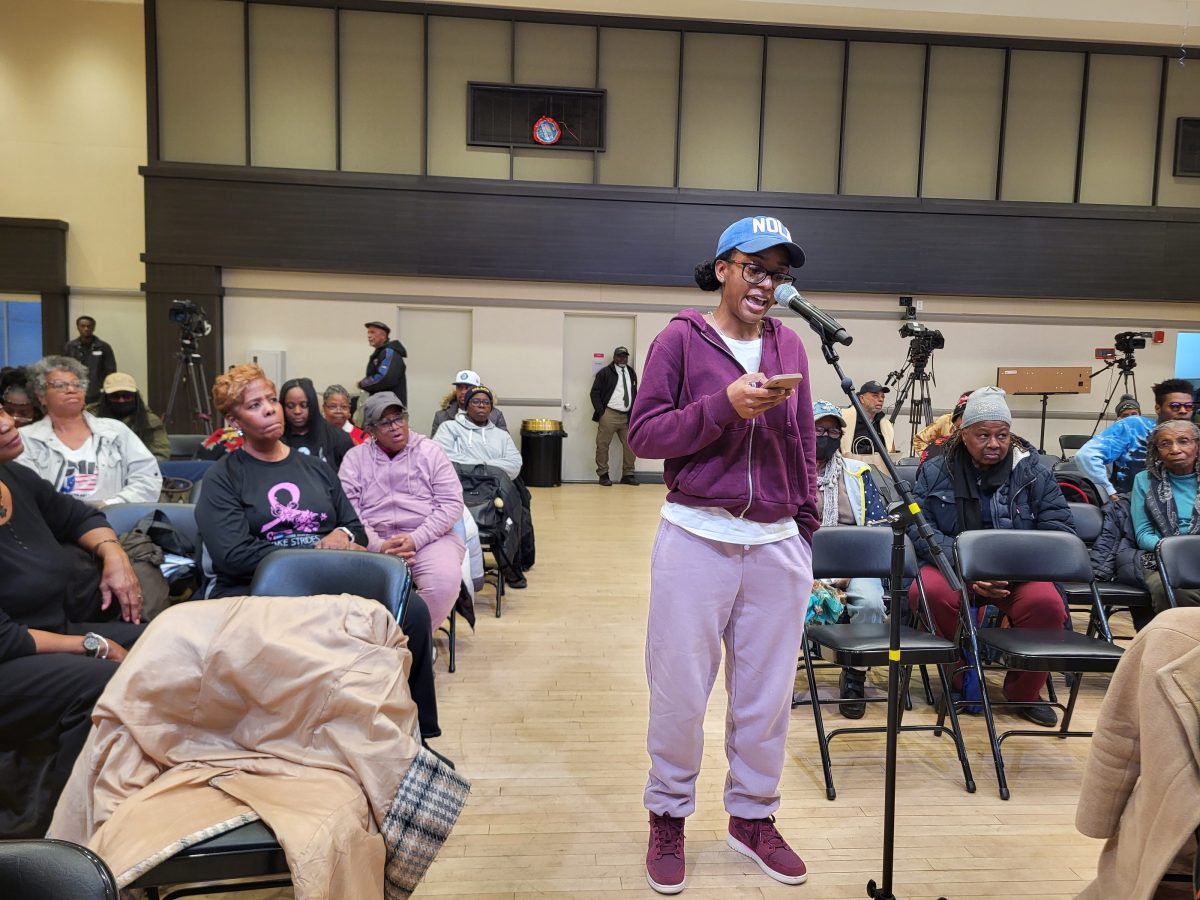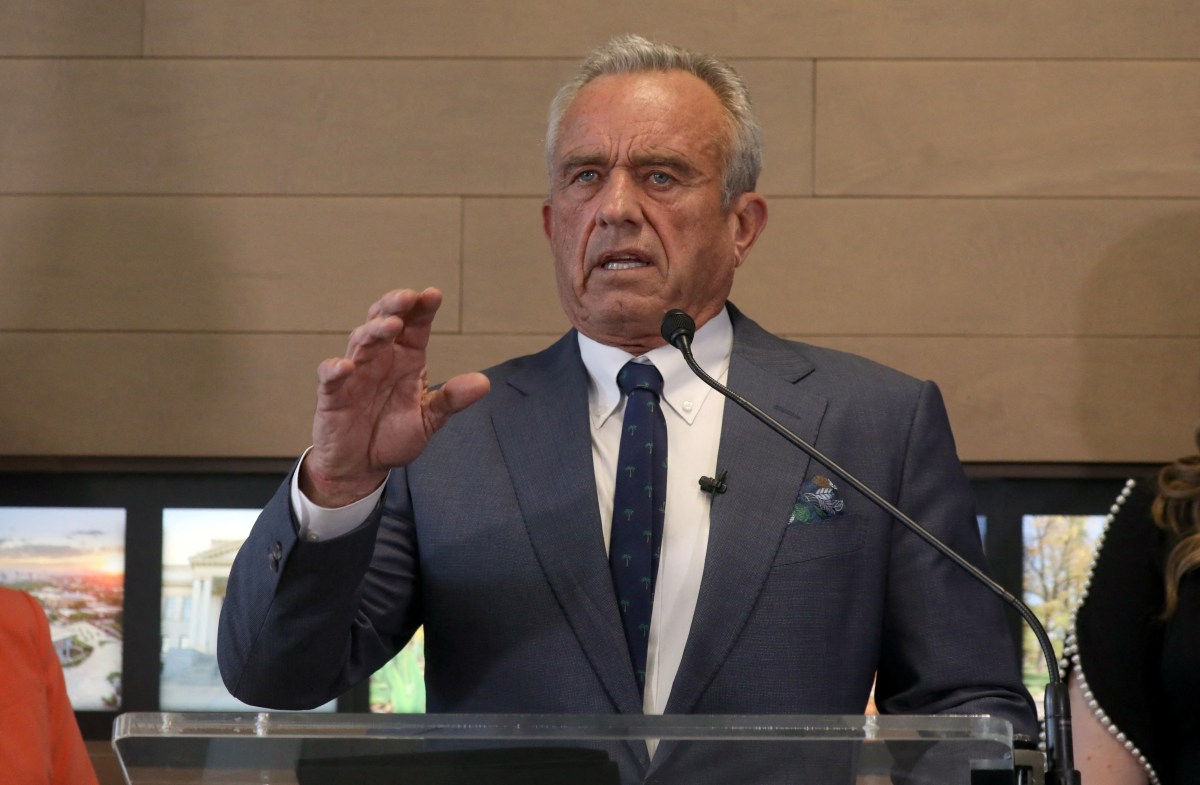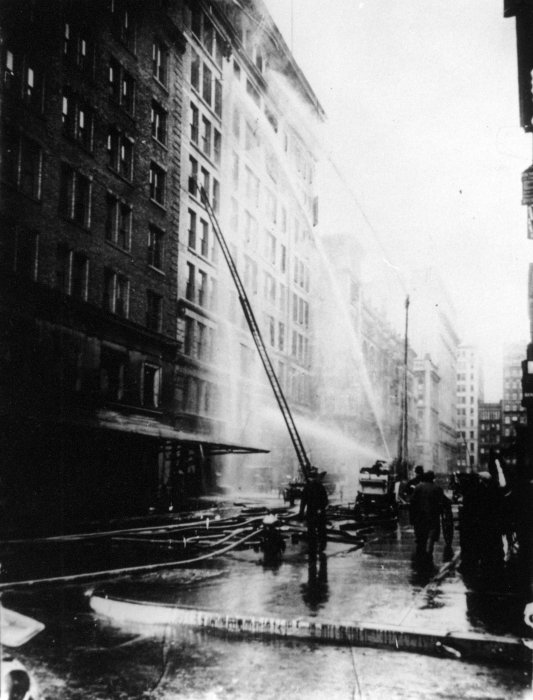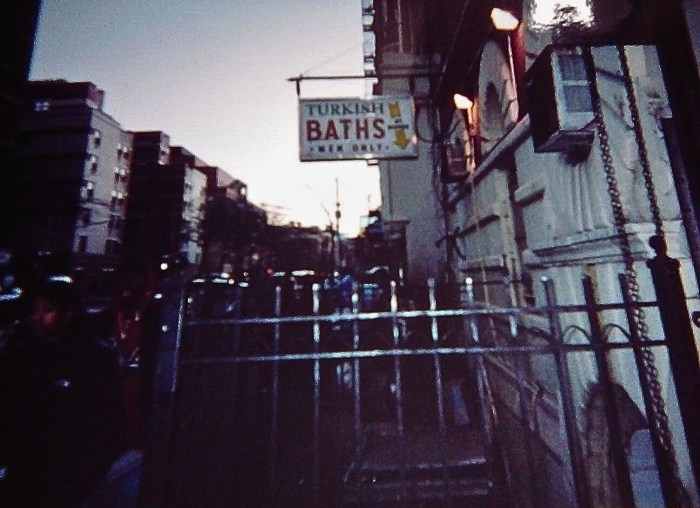
The MTA, in a rare move, pulled a controversial subway station improvement project from a board vote Wednesday after it became apparent it had lost support.
The contracts for the project, part of what’s known as the Enhanced Station Initiative, would have brought sweeping renovations to six stations in Manhattan and two in the Bronx. Several board members felt the stations were unworthy of such expensive work — either because the stations were in relatively good shape, or because they don’t see significant ridership levels.
The move more broadly represents a repudiation of the Enhanced Station Initiative. The initiative was unveiled by Gov. Andrew Cuomo in 2016 as a means of prioritizing cosmetic improvements — such as the installation of Wi-Fi and USB ports — over work that could improve service or wheelchair access to the notoriously inaccessible subway system.
“Doesn’t it make sense when you’re talking about $1 billion to put those dollars in the stations that need them most and . . . do more to install elevators and improve accessibility?” said Polly Trottenberg, the city’s transportation commissioner and an MTA board member.
The city and the board at large did not have input on the 33 stations selected for the program, which totals about $1 billion in spending, Trottenberg said.
“I’m not saying that we disagree with everything on that list, but I think we’d like to have input,” she continued. “I think you heard from other board members that heard from other board members — they would too.”
Criticism of the Enhanced Station Initiative has mounted recently as stations have closed for months to facilitate the work. New Yorkers rallied in protest as the first stations that were shuttered for the improvements reopened this fall along the R line in Brooklyn.
A unified front by Trottenberg and her fellow board members helped kill the vote on the latest package of stations up for improvements Wednesday.
“Frankly, I personally have my own reservations about, is this the highest priority that we should be spending capital money on,” said MTA board member Carl Weisbrod, a de Blasio appointee. “When we know that the subway system simply running . . . being reliable in terms of arriving on time and having fewer delays is the most urgent issue for New Yorkers.”
Fernando Ferrer, the vice chair of the board, said he would be tabling the contract votes until next month’s meeting to allow time for the agency’s new transit president, Andy Byford, to review the project.
The MTA had been slated Wednesday to vote on three contract packages.
One package included the 23rd Street and 57th Street stations of the Sixth Avenue line; the 28th Street station on the Lexington Avenue line; and the 34th Street-Penn Station complexes of the Seventh and Eight Avenue lines.
A second package included the 145th Street station of the Lexington Avenue line in Manhattan, as well as the 174th-175th streets and 167th Street stations in the Bronx.
The third package related to consulting contracts for some of that work.
In total, the three contracts would have cost the agency about $240 million. Cuomo’s office deferred comment to the MTA.
“At a time when no one in the city can reliably get to and from work, I think there is less patience for big spending initiatives that don’t actually make the trains run better,” said John Raskin, executive director at the Riders Alliance, in an email.
MTA chairman Joe Lhota reiterated that the agency’s board had already approved of the Enhanced Station Initiative concept. He described the program as a “pilot” to test new renovations and construction practices such as design-build — where one contract is awarded to a company to design and construct a project — and said stations were chosen where there would be minimal disruptions of service.
“It’s basically a pilot,” he said. “Will it work; can we get it done for the amount of money that we think it’s going to cost; can we get it done on time; can we, in this pilot stage, minimize the disruptions that it causes, the number of people [and getting] trains out of stations?”
Trottenberg said that she had never heard the program described as a pilot, and hopes that in the future the city will have more involvement in the development of these types of projects.
Commuters had mixed reactions to the whole program. Several Brooklyn riders around the newly renovated Bay Ridge Avenue station raved about the project — with many believing that the work was worth it.
Roland Crespo, 51, lives off the 53rd Street station in Sunset Park and visits his children who live off the Bay Ridge Avenue station.
“They did a pretty good job,” he said. “I like the cameras, the lights, the artwork. It’s an improvement on the MTA subway system — I haven’t seen anything like this ever.”
Others felt there were missed opportunities. Irene Galio, 65 of Bay Ridge, said service should be the priority — though she likes the renovations that were done.
“It was worth it,” she said. “I like the aesthetics.”
But she regretted that “they should have had something for people with disabilities.”
Andrea Carmo, 61, who travels to Bay Ridge to visit her friend about once a week, thought the MTA had its priorities jumbled.
“When I read about what it cost, I don’t think it was worth it,” she said. “Cosmetically, it’s nice. But it doesn’t solve the problems of the trains.”
With Alison Fox






